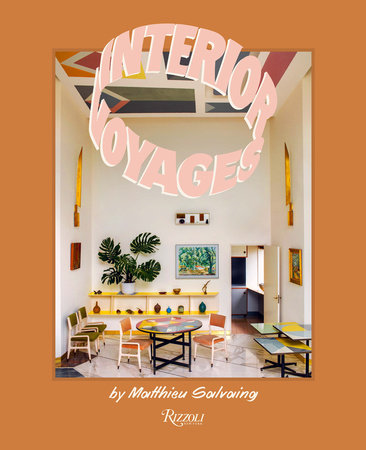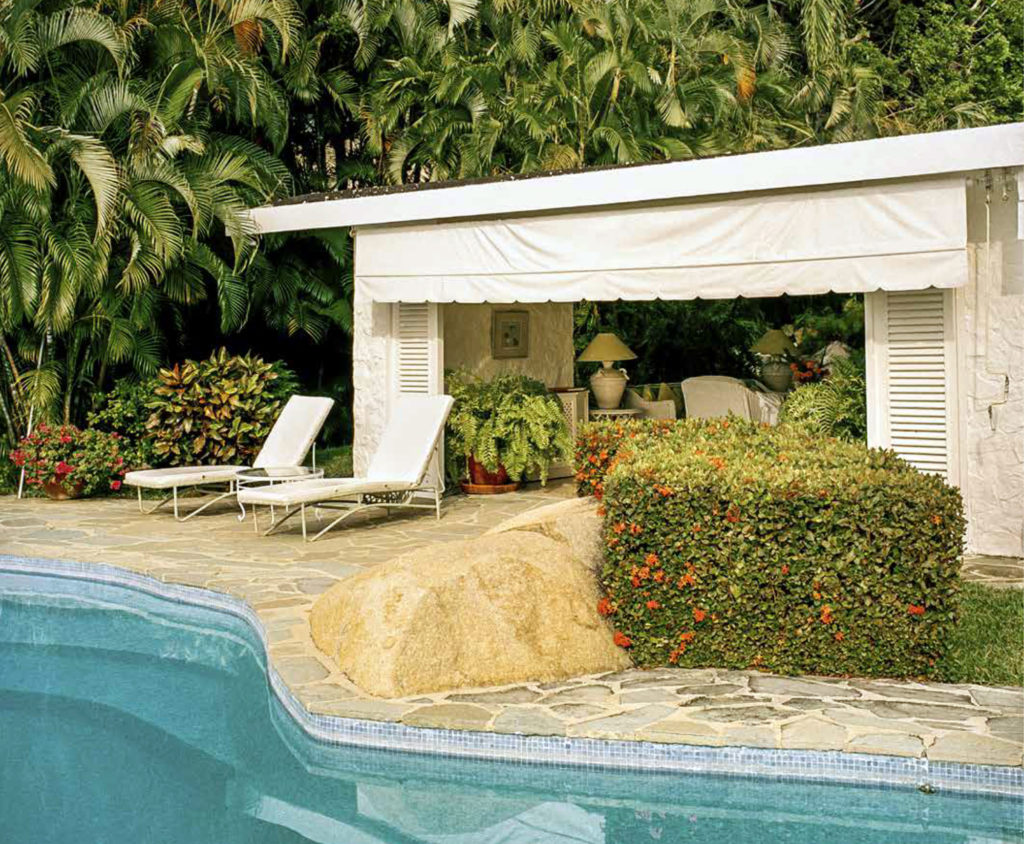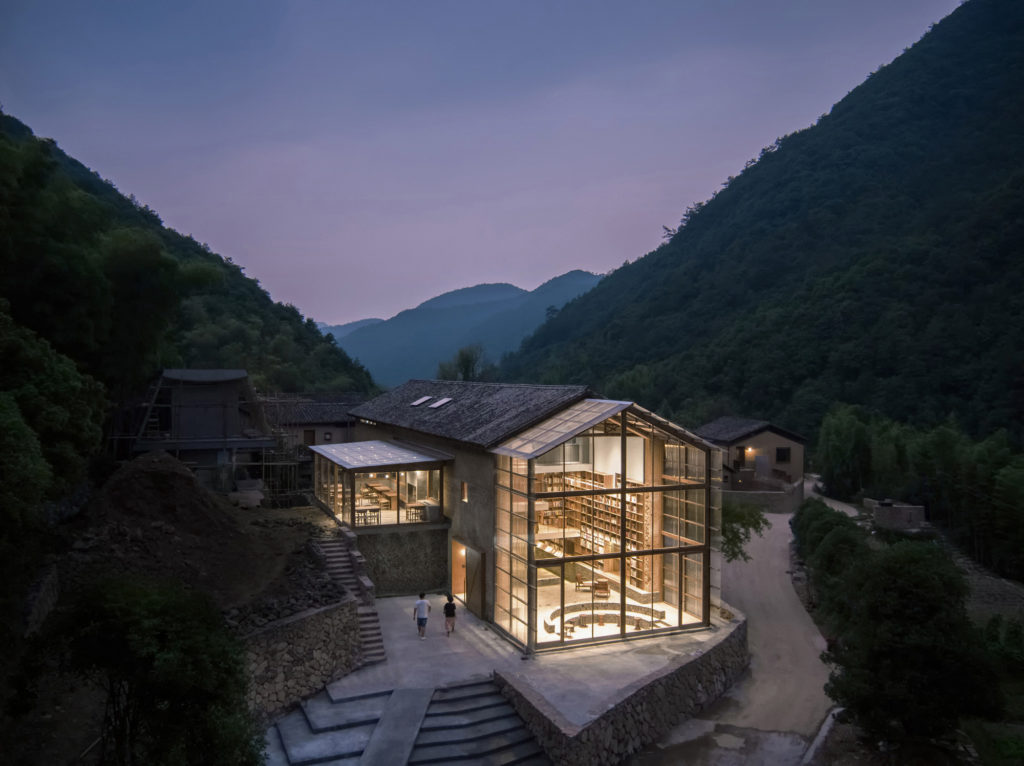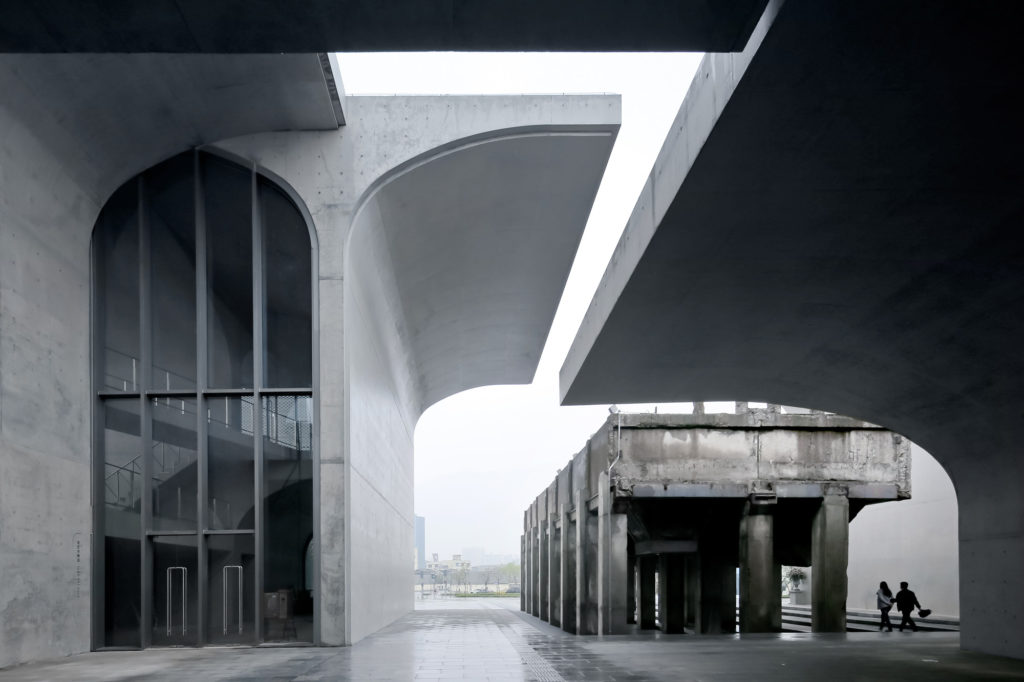Eastern meditations and Wes Anderson–like interiors: we select some books that sit firmly on our wish-list.
Interior Voyages, Rizzoli, Photographs by Matthieu Salvaing

One of the earliest photographers of the brutalist movement, French-born architectural photographer Matthieu Salvaing has had an interesting life. Close friends with Oscar Niemeyer, collaborator with the stylish film director Wong Kar-Wai, the camera-totting, jet-setter is obviously doing more than just documenting; rather, he is seeing interiors and design from a perspective that fits well within the artistic.

This immaculately art-directed — by Atelier Franck Durand — book is Salvaing’s first monogram and includes 25 projects in places such as Brasil, Mexico, Japan, France, and beyond.

It’s a genre-defying, highly individualistic travelogue by a photographer with enviable access to quirky architectural spaces and an equally unique and refined vision.
Beauty and the East: New Chinese Architecture, Gestalten

“Why are there so few good buildings? Good buildings with Chinese cultural characteristics? Why does almost every city seem to look the same? … And, why are all villages, once so rich and diverse, becoming identical?”
These are some of the questions that Wang Shu — the only Chinese citizen to have won the Pritzker Architecture Prize — asks in the introductory chapter to this book. Although similar questions have been posed by urbanists the world over and for many decades, China seems particularly well placed to answer them as it deals with rapid industrialisation and urbanisation.

The inspiring work of Neri & Hu, Wutopia, Vector Architects, X+living, and the like goes a long way to exemplifying the tension between tradition and increased access to the West. It also shows how the country deals with decades of architectural underdevelopment — especially in the residential sector — and a concerted effort to create monument-like civic projects.
This is an ambitious book, an expansive and daring tome that asks tough questions of the fastest growing country in the world and finds answers not in the official narrative or the merely academic, but in the architectural, aesthetic, and urbanist patterns that seem to be emerging.





